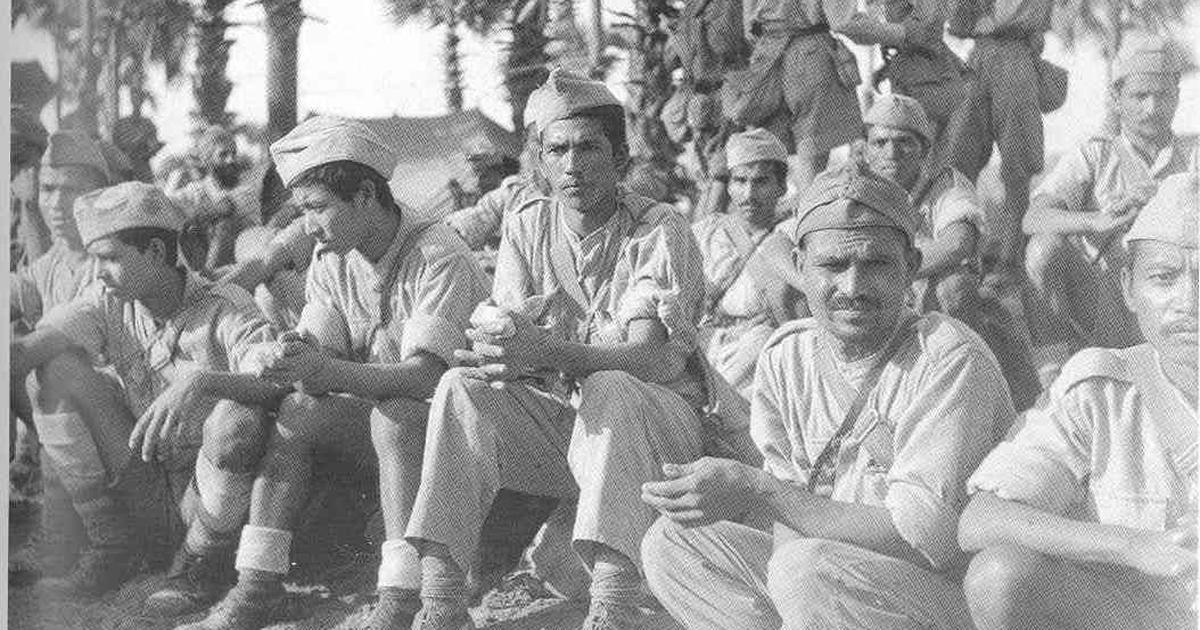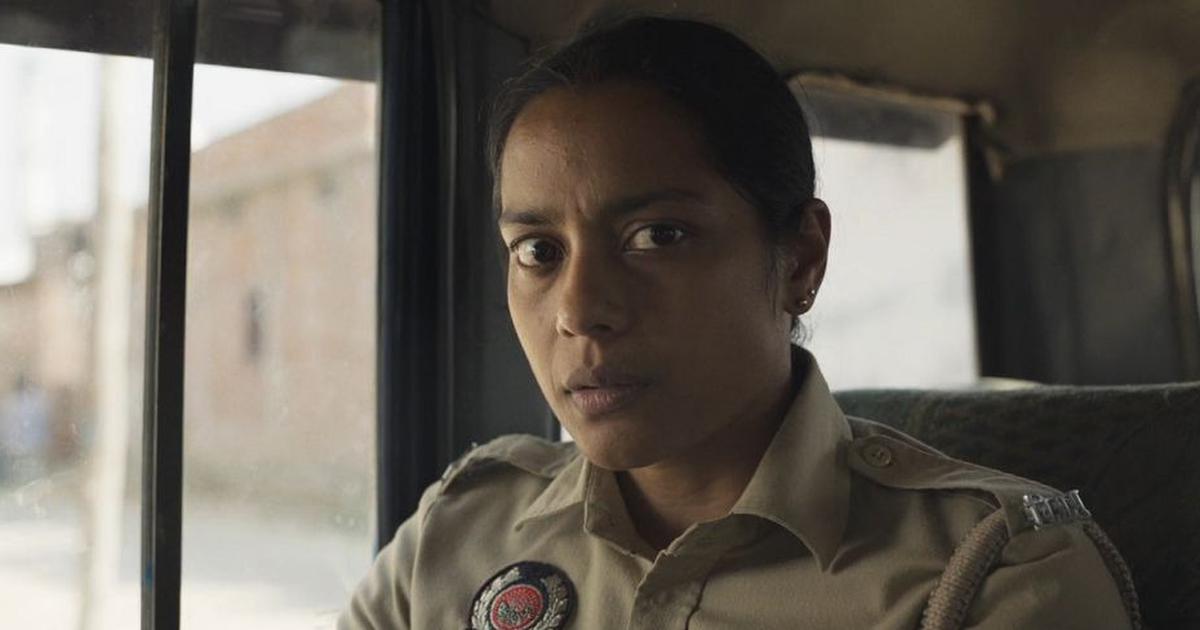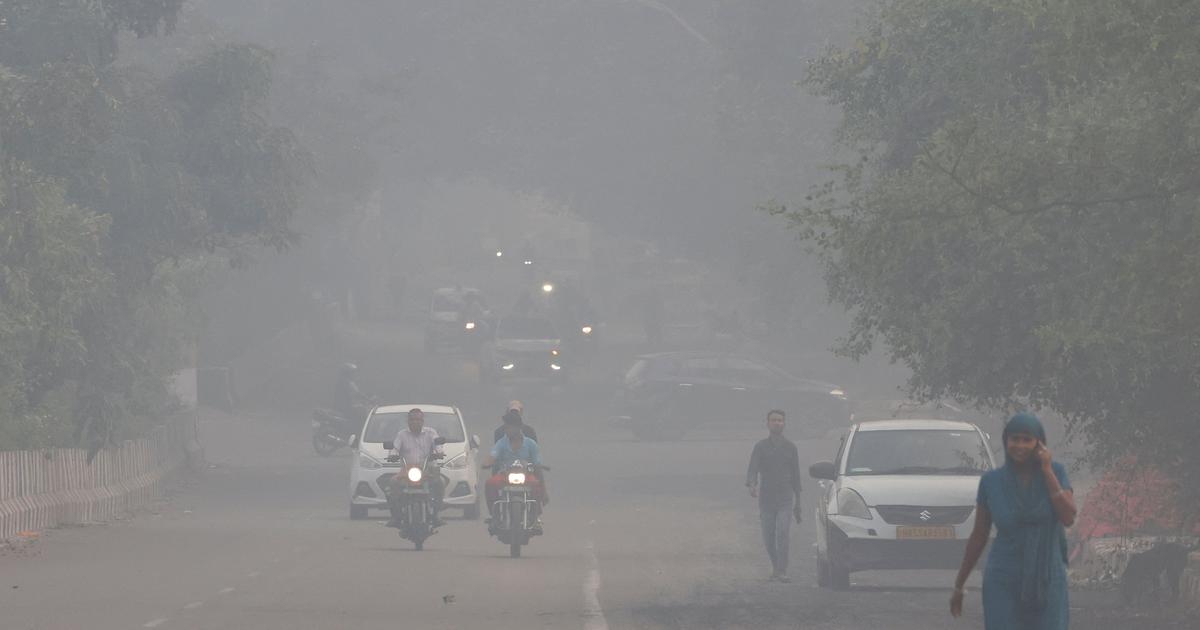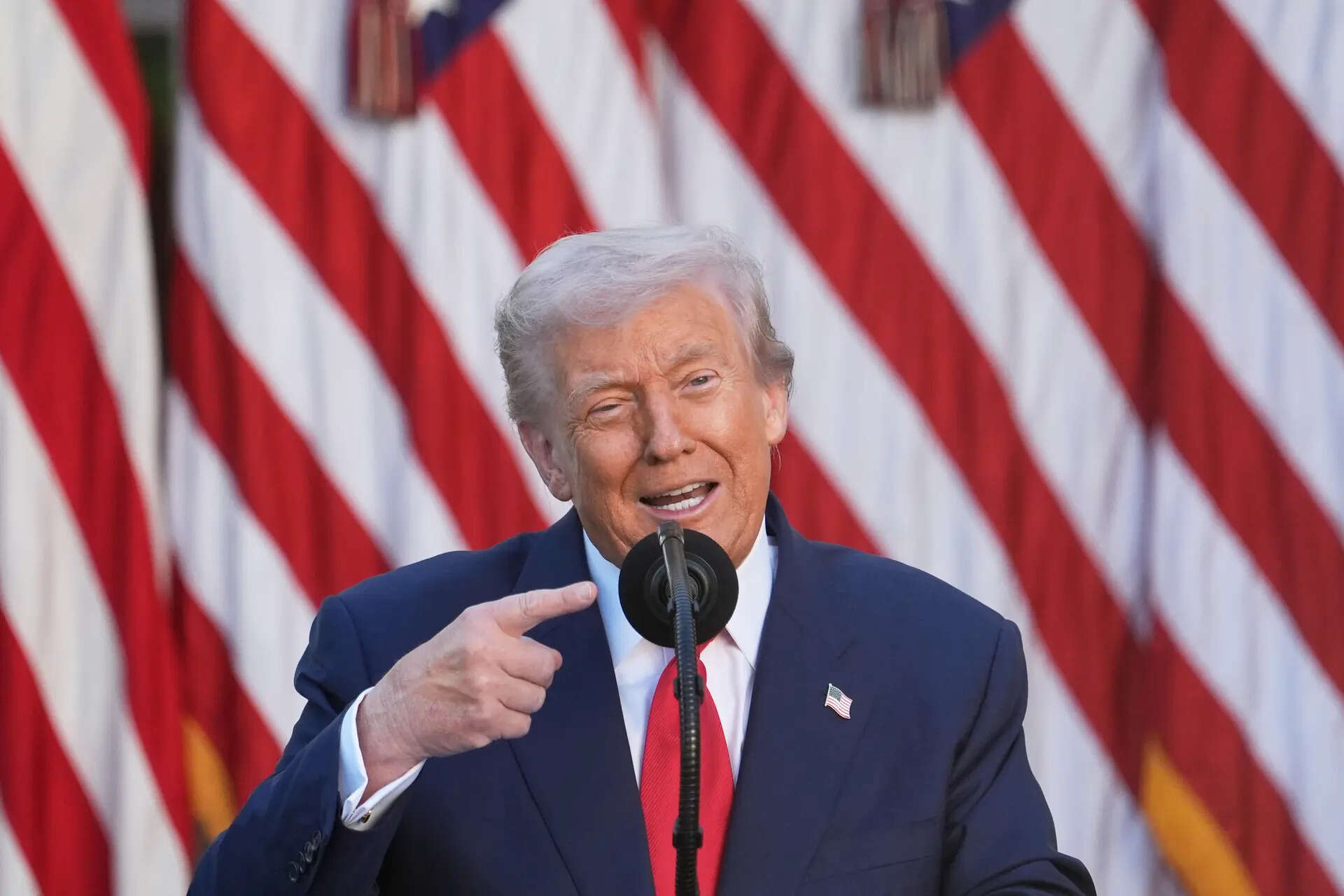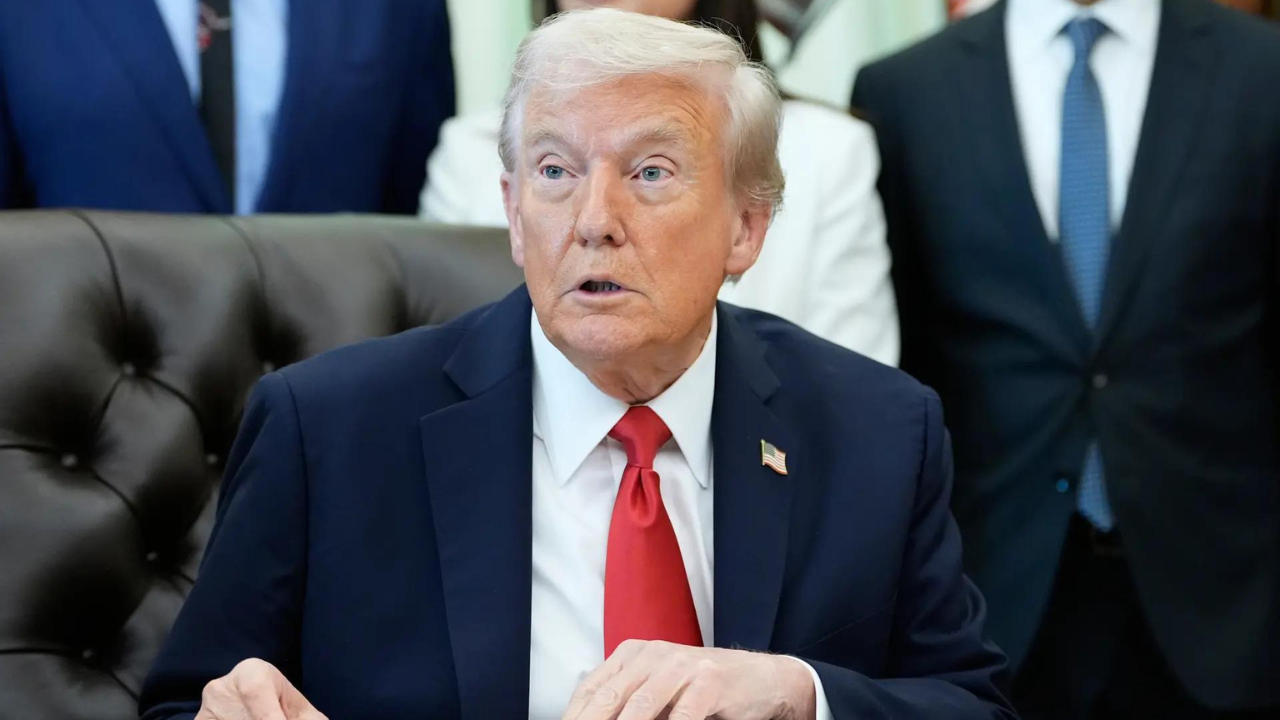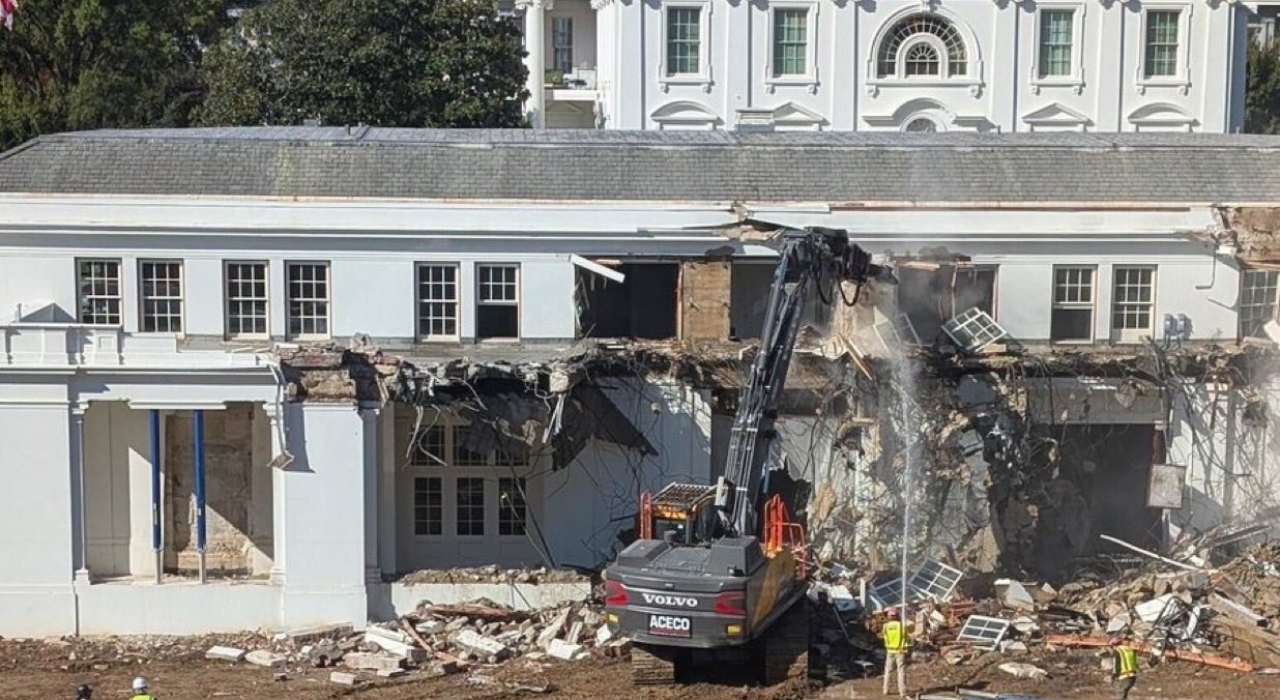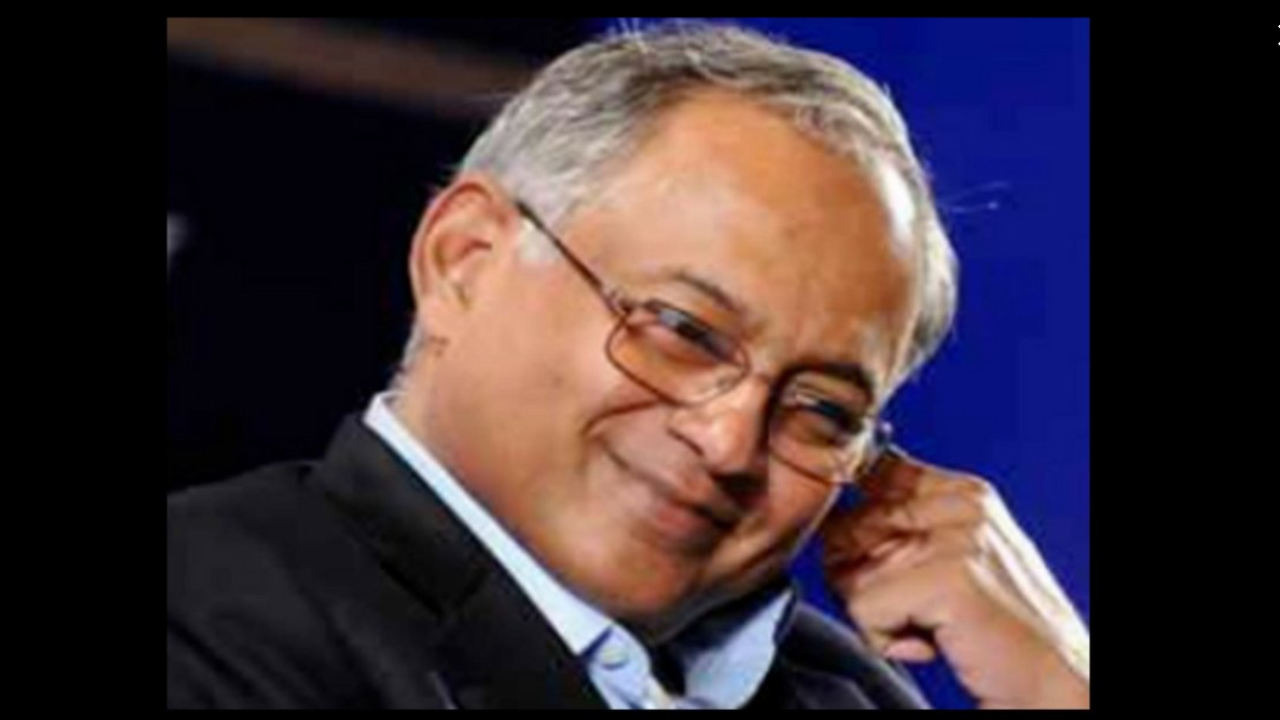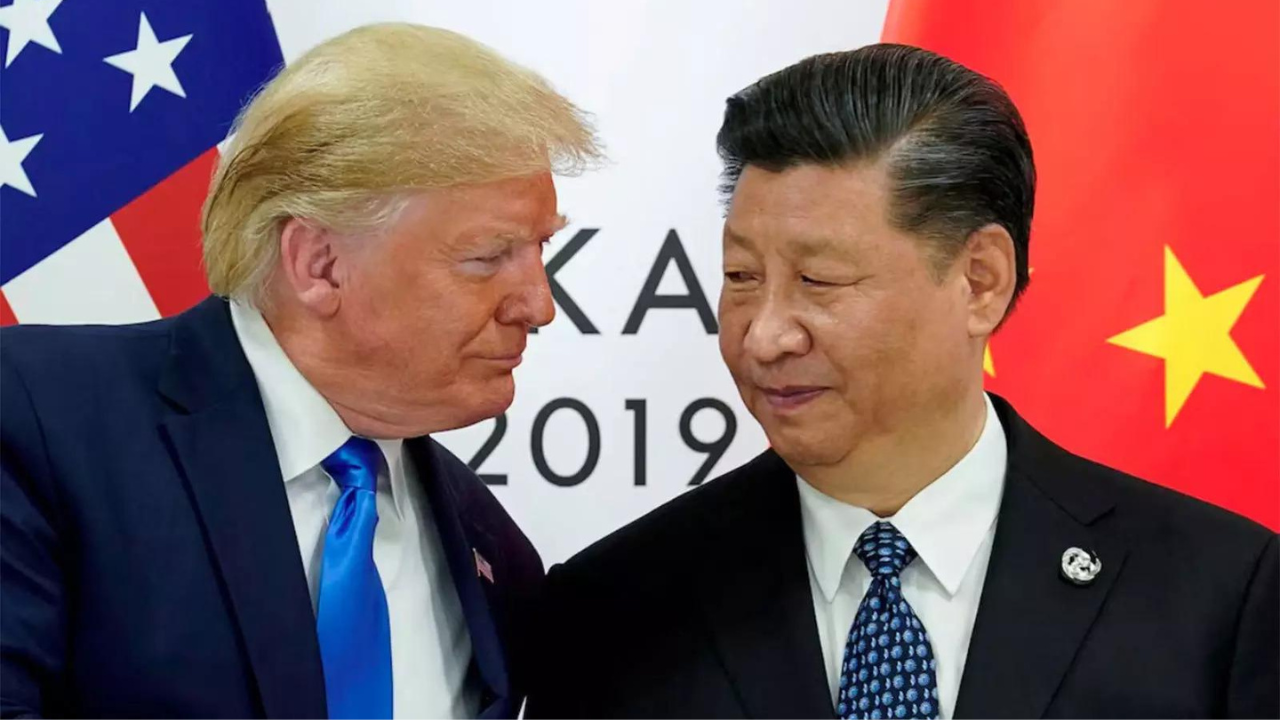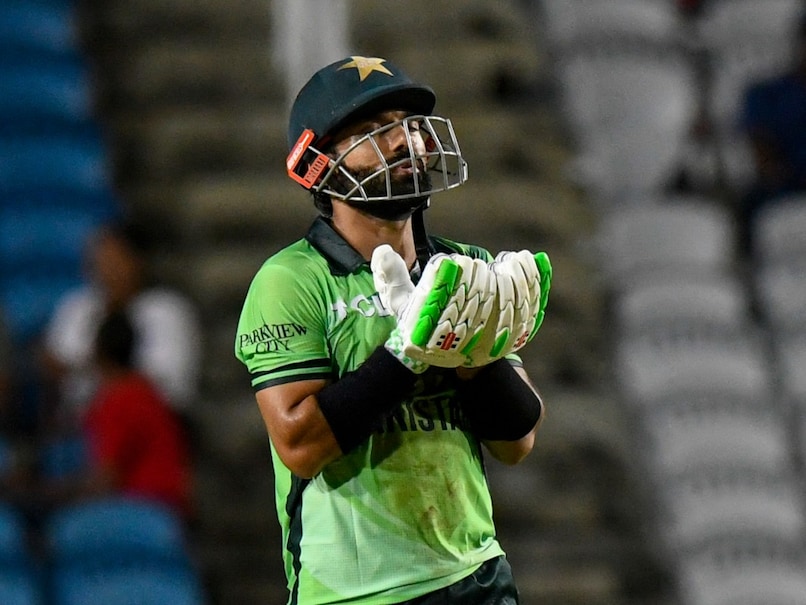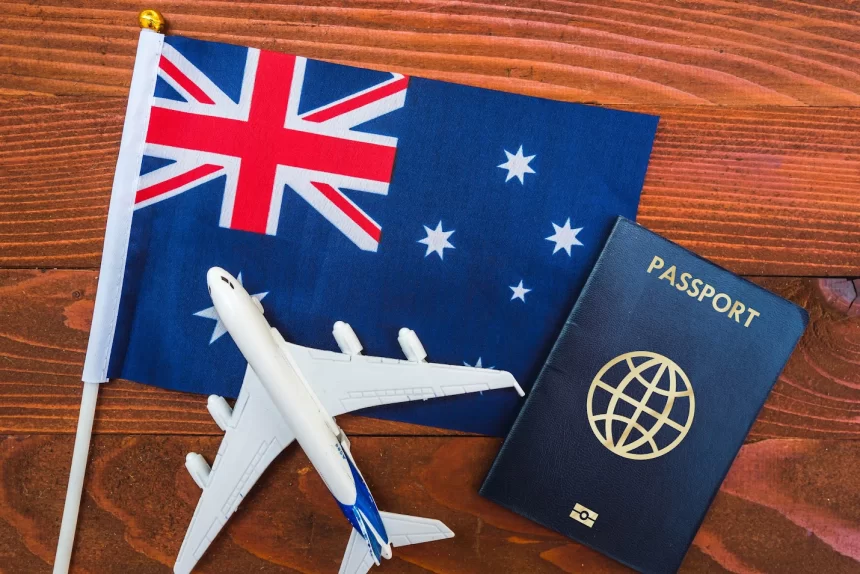India’s complex history cannot be wished away through textbook revisions – it must be confronted

Join our WhatsApp Community to receive travel deals, free stays, and special offers!
- Join Now -
Join our WhatsApp Community to receive travel deals, free stays, and special offers!
- Join Now -

When the National Council of Educational Research and Training rolled out major revisions to the Class 7 Social Science textbooks last month, it sparked a debate about historical accuracy and ideological intent.
Key historical chapters on the Delhi Sultanate and the Mughal empire were eliminated from the textbooks that are used by schools affiliated to the Central Board of Secondary Education.
At the same time, new material was included highlighting ancient Indian dynasties and Hindu pilgrimage sites, including the recently concluded Maha Kumbh.
The revised content emphasises some aspects of India’s ancient heritage – focusing on dynasties such as the Mauryas, Shungas, and Sātavāhanas – while virtually erasing centuries of Muslim rule.
False binary
At the heart of the controversy lies a fundamental question: should education prioritise verifiable history or cultural memory? While epics such as the Ramayana and Mahabharata play a crucial role in shaping India’s civilisational identity, historians warn against equating mythology with history.
The former embodies symbolic truths and values, while the latter relies on documented evidence and critical inquiry.
The new chapters devote considerable space to sacred geography such as the 12 jyotirlingas or representations of Shiva and the four Himalayan pilgrimage sites of the Char Dham. But they do not adequately distinguish between devotional tradition and historical fact.
Critics argue that...
Read more
What's Your Reaction?
 Like
0
Like
0
 Dislike
0
Dislike
0
 Love
0
Love
0
 Funny
0
Funny
0
 Angry
0
Angry
0
 Sad
0
Sad
0
 Wow
0
Wow
0
